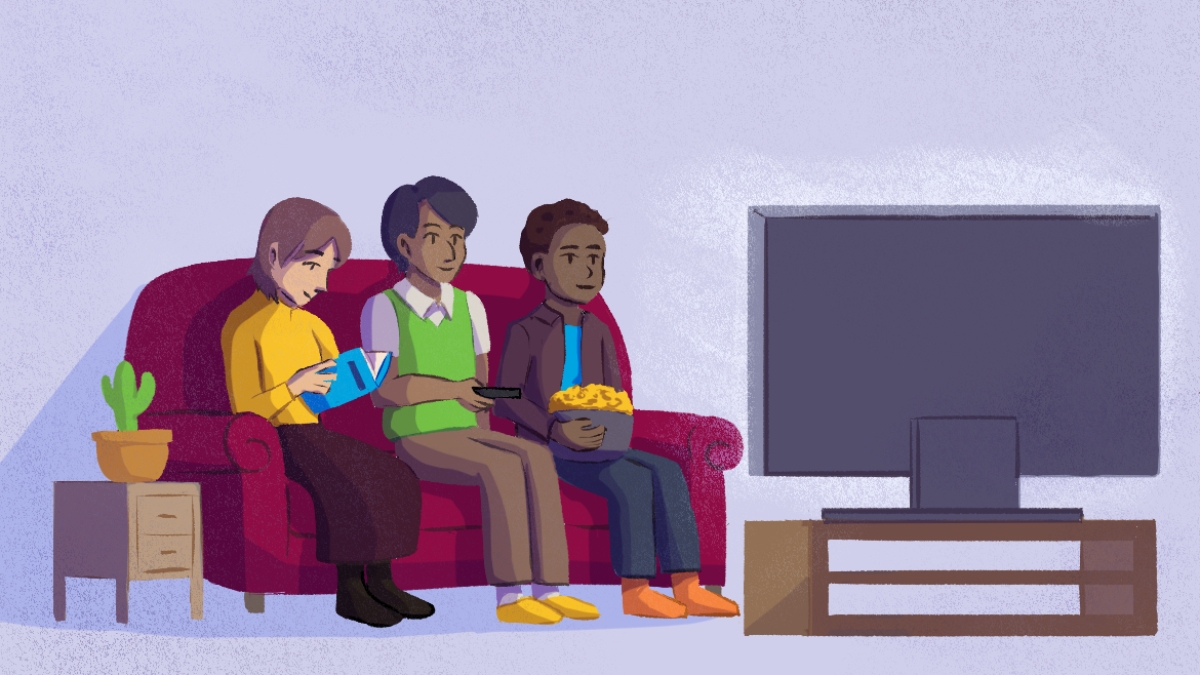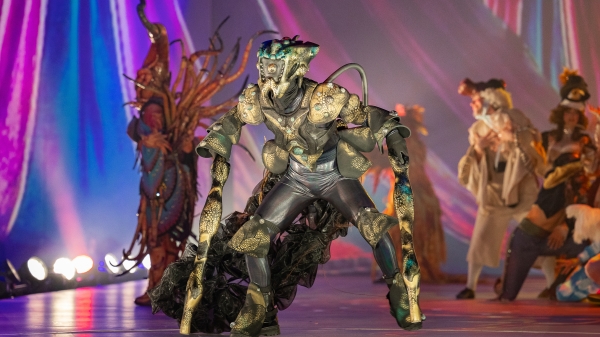ASU film and media professor on phenomenon of movie, show adaptations

In a battle for content, streamers like Amazon Prime, Hulu and Disney+ are relying more than ever on books and graphic novels for compelling stories to attract subscribers. While a passionate pre-existing fan base may ensure more viewers, it can also create impossible expectations.
And in the age of social media, producers are often wary of tampering too much with beloved source material, lest the Twitterverse destroy its chances before it even gets through opening weekend.
One example of this is the new adaptation of Jane Austen’s “Persuasion” on Netflix, which experimented with breaking the fourth wall, an approach where the lead speaks directly to camera — in this case, complete with a tinge of snark. It did not go over well with audiences.
Katherine Morrissey, assistant professor of film and media studies in the Department of English at Arizona State University, studies romance genres and has evaluated several Jane Austen adaptations.
Morrissey said Netflix’s “Persuasion” adaptation was likely torn apart because it did not meet the expectations of an audience that already had “strong ties to the source material and strong feelings about what the adaptation should look like, what the narrative should be, which scenes are preserved.”
“Netflix was probably trying to woo female audiences with the material, and it backfired,” she said.
Morrissey also studies the impacts of digitization on creative communities, looking in particular at the norms of how movies and shows are released, how the masses react and how women are perceived in romantic contexts.
She shared her thoughts on the recent wave of movie and show adaptations, as well as the effect of social media and other factors on the phenomenon.

Question: Why do you think “Persuasion” and other adaptations like it have been poorly received?
Answer: Because social media and fan networks are so prominent today, you see how it shapes people’s responses. So if you get enough people framing an adaptation in a particular way, it’s going to color the way anyone goes into it. With ‘Persuasion’ there was so much hate launched, just from the trailer, that I don’t think anyone was going to like that film. There’s a point where the tide turns.
Q: Aside from financial motivations, what else can influence how a story is adapted to film?
A: Whether … a streaming service (is) specifically interested in a certain niche of subscribers, or if it's a big franchise film, (producers are) looking for a particular reach, and all of those different contexts really shape how they adapt the film.
Q: What’s a good example of an adaptation done well?
A: An older example that went in a better direction (than “Persuasion”) is Peter Jackson’s adaptation of “Lord of the Rings.” They were so careful throughout the process to constantly reassure the fans that this franchise was in good hands, and that it was being honored appropriately. And that helped them manage the pushback, and fans really embraced the adaptation.
Q: “Sandman,” the beloved graphic novel by Neil Gaiman, was nervously premiered on Netflix earlier this year, and though blessed by the author, fans of the novel were excited but extremely concerned about the adaptation. As a fan yourself, what are your thoughts on it?
A: I had been terrified to watch the adaptation. I think it turned out fine, but honestly I’m never going to love it because of how emotionally attached I am to the graphic novel.
Q: Is there any clear data to support the feeling that there are way more adaptations happening right now?
A: It may just seem like it since the streamers are in such fierce competition, and adapting something that has already proven to be popular seems less financially risky.
Q: You’re working on a book, “Redefining Romance: Love & Desire in Today's Digital Culture,” as part of your appointment as an Institute for Humanities Research Fellow. Tell us about that.
A: In an analog era, romance genres helped stabilize a hierarchy of sexual norms for women and privileged a particular type of white, heteronormative femininity. In the 21st century, digital platforms use algorithms to manage a range of competing sexual hierarchies. Across media, romance genres have been reshaped by shifts in technology, emerging digital markets and a more participatory media culture.
(I’m interested in looking at) how do we start to make sense of the current media landscape, where we have all these different avenues for watching media, where there isn't one unified place where everyone is watching the same stuff at the same time? And so how do we start to think about how norms circulate, how norms change over time? I'm interested in representations of female desire across media. And I'm looking at romance media in this broad way, because we often tend to think of one thing when we think of romance, such as romantic comedy or romance novels. The reality is that romance media is way more complicated and more diverse than those particular little silos.
Listen to Morrissey talk on the subject below:
More Arts, humanities and education

ASU student finds connection to his family's history in dance archives
First-year graduate student Garrett Keeto was visiting the Cross-Cultural Dance Resources Collections at Arizona State University as part of a course project when he discovered something unexpected:…

ASU alumna makes her way back to the ASU Gammage stage for '¡azúcar!'
As the Los Angeles-based CONTRA-TIEMPO dance group prepares for its upcoming production “¡azúcar!” at ASU Gammage, for one member of the dance group it is also a nostalgic return to her home.Born in…

ASU FIDM professor wins international award for fantastical, sustainable creation
The horror of an ailing Earth inspired an Arizona State University fashion professor to create a fantastical garment out of sustainable, re-used and found materials that won a prestigious…